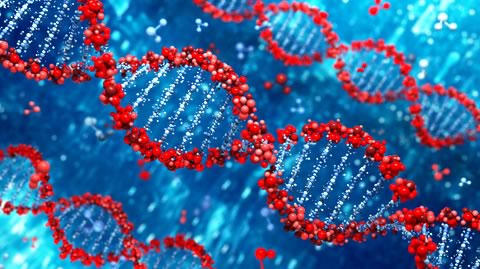Recent News & Events
Novel Nanopore Technology Offers an Inexpensive, Faster Alternative for DNA Sequencing
28

A team of researchers from the University of Washington (UW) recently published in the journal, Nature Biotechnology, a study on their newly discovered low-cost and faster technique in reading longer DNA sequences, called nanopore DNA sequencing.
According to Andrew Laszlo, the research lead author and a graduate student of UW physics professor Jen Gundlach’s laboratory class, “One reason why people are so excited about nanopore DNA sequencing is that the technology could possibly be used to create ‘tricorder’-like devices for detecting pathogens or diagnosing genetic disorders rapidly and on-the-spot.”
The available gene-sequencing technologies today typically takes days or weeks to process results and limited to processing using large laboratory-grade DNA sequencing devices that can only read shorter clips of DNA sequences ranging from 50 to 100 nucleotides.
For the study, Laszlo’s team used a genetically modified nanopore called Mycobacterium smegmatis porin A (MspA), measuring one nanometer (1 billionth of a meter) large enough to accommodate a DNA strand to pass through it. The genetically modified nanopore is then injected into a membrane, which will then be separated into two salt solutions, creating a channel to link the two solutions.
Powered by a small voltage applied on the membrane, the salt solution ions then flowed through the nanopore, which produced a measurable electric current. The current can be changed when a DNA strand is joined to the solution, interfering with the ions’ flow. Changes in the current can be determined depending on which of the four nucleotides that made up the genetic chain, namely: thymine, guanine, cytosine and adenine are present inside the nanopore channel.
While a similar nanopore DNA sequencing technology had been proposed in the 1990s but proved inaccurate due to repetitive reading of nucleotides on the DNA sequences back then, the UW researchers reengineered a way to resolve the inaccuracies in the DNA sequence readouts. Starting with identifying the electronic signatures of all the 256 different nucleotide combinations of the four nucleotides passing through the nanopore, the team then proceeded to match the electronic signatures obtained from a segment of DNA that passes through the nanopore from the DNA sequences of database-stored genomes and genes.
The researchers tested this method by using the nanopore system to read the DNA sequence of bacteriophage Phi X 174, a virus often used to test new genome sequencers. The current nanopore technology proved to be capable of reading the virus’ 4,500 nucleotides-long DNA sequences. To further advance the ongoing research on this revolutionary DNA sequencing technology, Laszlo’s team made all the instrumentations, findings, and computer algorithms accessible to other interested genetic scientists and genomic researchers.
Groundbreaking genomic research like this nanopore DNA sequencing technology could pave the way for the advent of future compact devices designed for rapid determination of DNA sequences from tissue samples or the environment and advance today’s life science studies. Committed to meet the demands of today’s scientific laboratories, Discovery Scientific Solutions (DSS) offers a wide array of high-grade laboratory products for critical life science applications.
